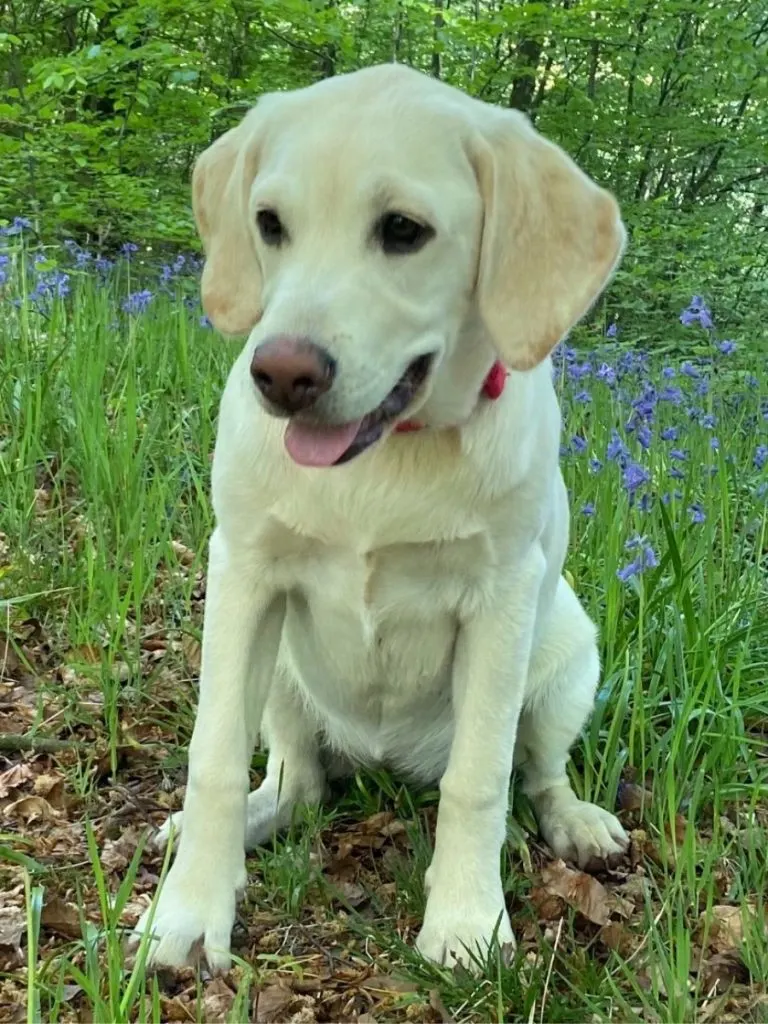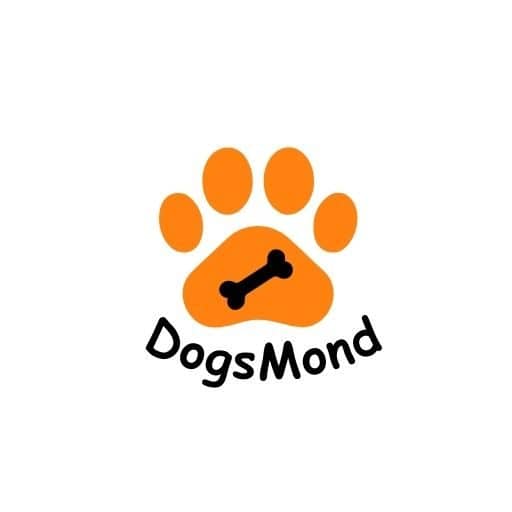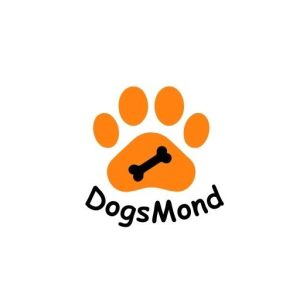Feeding a bone to your Labrador can improve his health! Did anyone tell you that? Stop!! I’ve been in the same boat, and feeding a bone to your dog has many pros and cons. Don’t give a bone without knowing what it takes, or your Labrador will end up in trouble.
I know that can sound alarming, but my dog’s vet has always warned me how crucial it is to pay extra attention to any eatable given in the name of a treat. So, can Labradors eat bones?
Bones can provide your Labrador with essential nutrients like calcium and phosphorus and provide mental stimulation. However, caution is needed as some bones may pose a choking hazard or cause damage to your dog’s teeth and digestive system. Feed large raw bones and avoid giving cooked or brittle bones.
So, how do you differentiate between bones to give your Labrador the right one? Why do vets stress about feeding bones to dogs? Are they really dangerous?
To answer these questions, this article will tell you the truth about bones and your dog and maximize the health of your Labrador.
So, can we start?

Nutritional Benefits of Bones for Dogs
When it comes to feeding your Labrador, you might wonder whether they can eat bones. Bones can be a valuable source of nutrients, especially raw ones. They provide minerals, essential fatty acids, and other beneficial components for your pet’s health.
Nutrients present in bones include calcium, phosphorus, magnesium, and other trace minerals. These nutrients contribute to developing and maintaining your Labrador’s teeth, bones, joints, and overall health.
Here is a detailed table outlining various nutrients found in bones and their corresponding quantities, alongside the ideal nutrient levels required for a Labrador per day:
| Nutrient Type | Quantity in Bones | Ideal Daily Level for a Labrador |
|---|---|---|
| Calcium | 25 g/100g | 1,000 – 1,300 mg |
| Phosphorus | 11 g/100g | 800 – 1,000 mg |
| Magnesium | 2.3 g/100g | 100 – 200 mg |
| Potassium | 0.5 g/100g | 1,000 – 1,500 mg |
| Sodium | 0.3 g/100g | 150 – 300 mg |
| Zinc | 9.8 mg/100g | 15 – 30 mg |
Keep in mind that while large raw bones such as a lamb shank are suitable for your Labrador, cooked bones can pose a hazard.
Cooking weakens the bones’ structure, making them brittle and prone to splintering. Never give your Labrador cooked chicken or pork bones, as they may cause choking or cause injury to their mouth or stomach.
Of course, you can check a bone’s malleability before feeding one to your Labrador. This simplifies the whole process.
Here’s a video that delivers everything you need to know about bones (raw and cooked) for dogs:
Can Labradors Eat Bones?
Labradors can eat large raw bones as they’re rich in essential nutrients, thereby helping your dog achieve optimal health. Chewing on a bone also reduces boredom. However, cooked bones can be harmful as they may splinter and cause injuries to your dog’s mouth or digestive tract.
Having said that, don’t rush to give a bone to your Labrador. There’s another side to this debate!
Your Labrador needs bones to survive. But does he?
A research article on raw diets for dogs highlighted that consuming bones improves teeth quality and also adds to the coat’s texture. However, if you’re wondering if bones are a mandatory part of their diet, the answer is “NO!”
Your Labrador doesn’t necessarily need bones to survive and lead a healthy life.
A book titled “Give Your Dog a Bone” refers to meat as an unbalanced food that isn’t recommended regularly. A bone-only or meat-only diet will likely put your Labrador’s health at stake. But that’s the author’s opinion!
Of course, you can consider giving a bone occasionally and in the right form. So, if you’re thinking of heading to a shop to purchase a bone for your Labrador, hold on!
There’s a huge difference between nutrients in raw foods, packed foods, and a combination of both. This can impact the metabolism of a dog. Hence, you need to know the list of safe and unsafe bones for Labradors.
Let me help!
Ideal Bones for Labradors:
- Large, raw bones: These can be ideal for your Labrador, providing essential nutrients and not posing a risk of splintering. Ensure they are bigger than your dog’s muzzle to prevent choking.
- Raw meaty bones: These bones, covered in meat and connective tissue, provide a nutritious and satisfying meal for your Labrador. Again, choose a large enough bone, something like a lamb shank or ham bone.

Unsafe Bones for Labradors:
- Cooked bones: These bones are prone to splintering, putting your Labrador at risk of choking or suffering from gastrointestinal issues.
- Small, brittle bones: These can easily break or splinter, posing choking hazards and health problems for your Labrador. Avoid small chicken and pork bones.
The safety level of a bone varies depending on the type and preparation. Large, raw bones, or bones covered with meat and connective tissue, can be safer options for your Labrador.
When offering bones to your dog, be mindful of the quantity. Limit their consumption to a few times a week to prevent excessive mineral intake.
Monitor your Labrador while they chew, as vigorous chewing can lead to fractured teeth and other health problems. If you notice any aggressive chewing, remove the bone and try providing a safer alternative, like a chew toy.
How To Safely Introduce Bones
Introducing bones to your Labrador’s diet requires caution and close monitoring to avoid potential health risks, such as intestinal blockage, gum injuries, or digestive tract damage.
To start, allow your Labrador to consume a small amount of a large raw bone, usually around one to two inches, depending on their age, size, and overall health.
- For Labradors 6 months and older, begin by giving the bone for about 15 minutes, then remove it and store it properly.
- For older Labradors, you can allow them to spend up to 30 minutes with the bone. Always monitor your Labrador closely as they enjoy the bone for the first time to ensure their safety.
Keep in mind that excessive bone consumption can lead to constipation, vomiting, diarrhea, and other gastrointestinal issues. Aim to incorporate bone as an occasional treat within your Labrador’s balanced diet rather than a daily staple.
How to Feed Bones Labradors
When feeding bones to your Labrador, start by offering them once or twice a week. Monitor your pet to ensure they can chew and digest the bones safely.
You can also choose to thoroughly grind the bones before adding them to your dog’s meals. The best choices are typically softer ones, like chicken necks.
Remember, moderation is key when feeding any treat to your Labrador. Overindulging in bones and treats may lead to weight gain or other health issues. You can also try incorporating healthier options like fruits and vegetables in their treat menu.
Here’s a table to help you determine the ideal quantity of bones to feed your Labrador according to their age:
| Age of Labrador | Ideal Quantity of Bones |
|---|---|
| 3-6 Months | 1-2 small bones per week |
| 6-12 Months | 2-3 medium bones per week |
| 1-2 Years | 3-4 medium bones per week |
| 2+ Years | 2-3 large bones per week |
Keep in mind that every dog’s needs may vary, and these are general guidelines.
Pro tip! It’s crucial to know when to remove the bone. If it has become too small or splintered, remove the bone to prevent any injuries.

Are Bones Good or Bad for a Labrador’s Health?
Bones are often considered a natural part of a dog’s diet, but you should understand the nutritional value and potential risks associated with feeding bones to your Labrador.
When your Labrador consumes a bone, it can obtain essential nutrients like calcium, proteins, and fatty acids. These nutrients can contribute significantly to your Labrador’s overall health and act as a part of their balanced diet.
Benefits of Bones
- Healthy Diet: Including bones in your Labrador’s diet can provide them with necessary nutrients like calcium and proteins, as well as fatty acids that support their general health.
- Nutritional Value: Bones offer a natural source of nutrients that are essential for your Labrador’s growth and development.
- Dental Health: Chewing on bones can help clean your Labrador’s teeth and maintain good oral hygiene.
- Reduce Boredom: Bones offer a way for dogs to reduce boredom and provide necessary mental stimulation.
But what are the risks?
Risks of Bones
- Lacerations: Bones, particularly cooked chicken bones, can splinter and cause severe lacerations to your Labrador’s mouth, throat, and digestive tract.
- Blockages: Bones can sometimes become lodged in your Labrador’s throat, stomach, or intestines, leading to dangerous blockages that may require surgery.
- Infection: Bones that are contaminated with bacteria like E. coli can cause severe gastrointestinal infections in your Labrador, with symptoms such as vomiting and diarrhea.
- Pancreatitis: High fat content in some bones can contribute to the development of pancreatitis, a painful and potentially fatal inflammation of the pancreas.
Knowing these benefits and risks associated with feeding bones to your Labrador is essential in providing a safe and healthy diet for them.
How Can You Tell If a Labrador Has a Bad Reaction to a Bone?
A lot of times, we feed something to our dog, assuming that it’s healthy and safe. But they develop different reactions – mostly good but sometimes bad.
Whenever I gave my rescued fur babies a bone treat, I found that they all enjoyed consuming it. However, one of them once became excessively lethargic and had diarrhea. I was confused about it and took him to my vet. That’s when I learned he had a bad reaction to the bone.
If you’ve assumed that these are the only symptoms – you’re wrong. There are more ways to tell that your Labrador has a bad reaction to a bone.
Let me explain them one by one.
- Difficulty swallowing or breathing: If you notice your Labrador struggling to swallow or breathe after consuming a bone, it may be lodged in their throat or cause irritation. Remove the bone immediately and check for any other injuries.
- Vomiting or diarrhea: If your dog starts vomiting or has diarrhea after eating bones, this can indicate that their digestive system is having trouble processing the bone. Keep an eye on them and contact your vet if symptoms persist.
- Mouth injuries: Check your Labrador’s mouth for any signs of injury, such as cuts, bleeding gums, or broken teeth. Bones, especially cooked ones, can splinter and cause these injuries. This is very common, remember! Especially if your little one is consuming it for the first time, this is likely. Stay cautious.
- Lethargy: If your Labrador seems unusually tired or weak after eating bones, they might be having a bad reaction or could have ingested a bone fragment that is causing discomfort.
- Loss of appetite: If your Labrador stops eating or shows less interest in food after consuming bones, it’s possible they are experiencing discomfort or pain in their mouth or digestive system.
Note that the reaction isn’t instant all the time. It can happen even after several hours if your Labrador is allergic to it or has consumed a bone the wrong way.

What Can I Feed as a Substitute for Bones?
Bones aren’t complete diet forms for your Labrador. Sometimes, feeding bones can be risky. Don’t worry, though! There are plenty of safe and delicious alternatives for your furry friend to enjoy.
You can mix things up by providing a variety of bully sticks and KONG toys stuffed with their favorite treats. My favorite is the KONG Classic from Amazon. All my dogs love this toy, especially when I fill it with their favorite treats, as they have so much fun with it, especially if I freeze it, too.
Here’s a list of bone substitutes that your Labrador will love:
- KONG toys filled with treats or organic peanut butter
- Nylon chew toys designed for strong chewers
- Rawhide-free chews made from natural ingredients
- Vegetable-based chews like sweet potato or carrot
- Rubber chew toys specifically designed for aggressive chewers
- Dental chew sticks or toys for maintaining oral health
- Puzzle toys with hidden treats to engage their mind
Bone broth is another excellent option for your Labrador. You can make it by simmering bones and cartilage-rich joints in water for 24-48 hours. The broth is an excellent source of nutrients that support joint health, digestion, and immunity. You can add bone broth to your dog’s regular food or serve it separately.
Always supervise your Labrador while they’re enjoying these alternatives. Happy chewing!
FAQs
Can Labradors eat chicken bones?
Chicken bones are not recommended for dogs to eat, as they are more likely to splinter, cause choking, puncture the gastrointestinal tract, or cause intestinal obstruction. Contact your vet if you suspect your dog has eaten chicken bones.
Can Labradors eat pork bones?
Similar to chicken bones, Labradors should not eat pork bones as they can splinter and cause harm to a dog’s digestive system. Cooked pork bones are especially dangerous. If your dog accidentally ingests a pork bone, you should contact a veterinarian immediately.
Are certain types of bones better for Labradors?
Large raw bones, such as beef bones or lamb shank bones, are better options. They provide your Labrador with essential nutrients and help keep their teeth clean. However, always supervise your dog when they are chewing on bones to ensure their safety.

